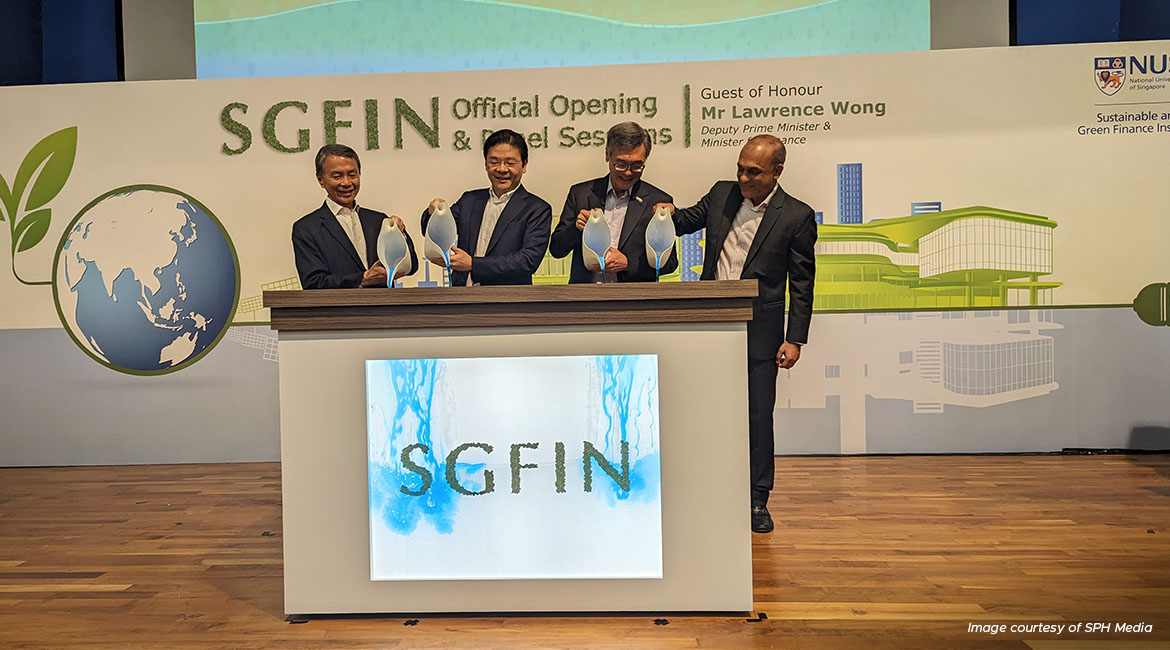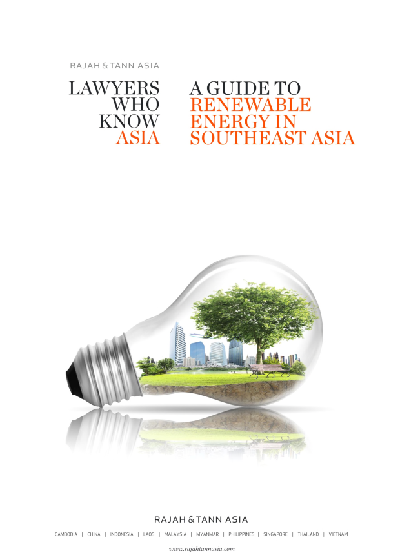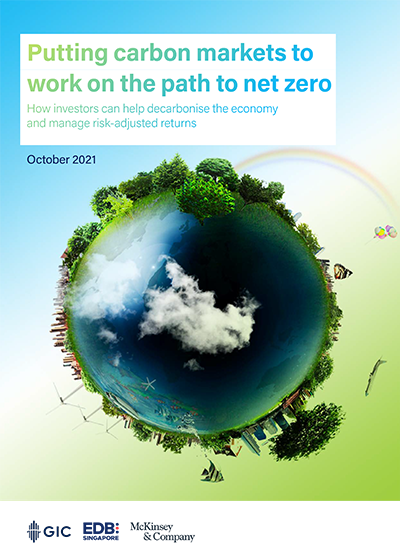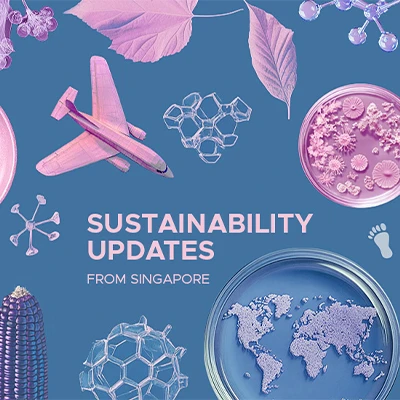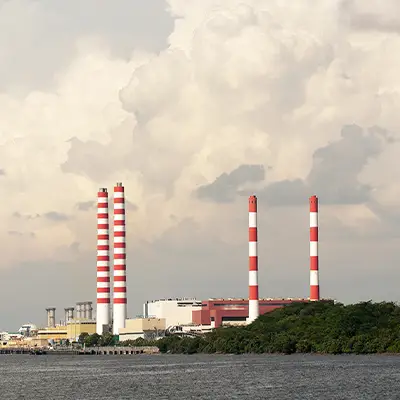To promote transparency, MAS will offer incentives to promote the early adoption of company-level sustainability disclosures by issuers or borrowers.
The central bank will also top up another S$15 million to the insurance-linked securities grant scheme, which will be extended for three years (till end-2025). This is aimed at supporting the growth of catastrophe bonds and other climate risk-financing instruments.
This will enable additional financing to be raised from the capital markets for protection against disaster risks, said MAS.
To ensure credible transition plans are being adopted by financial institutions, MAS will engage with international experts such as the International Energy Agency to support the development of regional and sectoral pathways to decarbonisation that are appropriate for Asia.
MAS said in a statement on Thursday: “Financial institutions can reference these pathways when they set emissions-reduction targets, and when they engage with their clients on initiatives to decarbonise their businesses.”
It will also review how financial institutions are responding to climate-change risks by incorporating evolving international best practices in its supervisory approach.
Kelvin Tan, Head of Sustainable Finance and Investments for ASEAN at HSBC, said that the development of regional and sectoral decarbonisation pathways and the expansion of the grant schemes to transition bonds and loans could encourage more companies to raise financing for their transition.
“At the same time, it could also help increase the confidence of banks and investors in providing transition financing, as issuers and borrowers under the grant schemes would have to abide by the eligibility criteria set out for the scheme,” he added.
To improve the quality of ESG data and disclosures, MAS, with the industry, is developing a code of conduct that will require ESG ratings and data-product providers to disclose how transition risks are factored into their products. It will carry out a public consultation on this code of conduct later this year.
The central bank will also work with the Singapore Exchange to come up with a road map for financial institutions and listed companies to align their climate disclosures with a global baseline of standards, which is to be finalised by the International Sustainability Standards Board in the middle of this year.
Chng Bee Leng, Head of OCBC Bank’s group ESG Risk and Sustainability, said that a robust and interoperable set of standards, data and disclosure – including the development and alignment of global and regional sustainable taxonomies – is essential to bring about an effective low-carbon transition, and would guide decision-making by industry stakeholders.
“This will provide clarity on eligible transitional activities as well as the key attributes of credible transition plans, while taking regional circumstances into account,” she added.
One obstacle laying in the way of financial institutions’ providing more transition financing is the significant reputational risk they may expose themselves to, given that many standards and taxonomies do not consider brown-to-green projects eligible for sustainable financing.
Financial institutions often need to assess multiple industries amid a lack of a standardised industry model on how to embed climate risk into risk management. Aloysius Fua, ASEAN Sustainable Finance Lead at Professional Services firm EY, said that MAS’ action plan would protect financial institutions from greenwashing risks, with its emphasis on consistent, comparable, and reliable climate data and disclosures.
DBS’ Chung said the bank already evaluates its sustainable financing deals by assessing both company-level and asset-level transition credentials. She added that the explicit requirement by MAS to align with international transition finance principles is a suitable benchmark.
UOB’s Lim said that the bank’s transition finance framework is aligned with the climate-transition finance handbook by the International Capital Market Association. The solutions offered in that handbook can support the bank’s clients in energy-intensive and hard-to-abate sectors, so they can tap transition finance to help them along their decarbonisation journey, he added.
